Shannel Guzman Shares her 15 years of experience to help you know what to Expect to help your new BFF transition into your home
Adopting a dog, of any age, from a shelter or rescue can be an exciting time! You’ve been
looking at so many cute faces, read bio after bio and you’ve finally made your decision and
been approved to bring home your newest family member! Then what?
looking at so many cute faces, read bio after bio and you’ve finally made your decision and
been approved to bring home your newest family member! Then what?
Depending on your pet’s previous life and history and where they’ve been living for the last little while, you may quickly realize, that you’ve got your work cut out for you! Many new adopters feel lost, confused about why their pet isn’t matching their bio, are noticing behaviors that weren’t mentioned before, and that joy and excitement can quickly fade. PLEASE don’t let it! As a rescue/foster for 15 years, let me give you some helpful advice on what to expect for the first few days, weeks, and even months of bringing your new fur baby home!
Shelter or Rescue--what's the difference?
Shelters are great because they can house many dogs at once, but oftentimes, this means dogs
are overexcited, overstimulated, not exercised properly, and are surrounded by barking, loud
noises, so many different smells, and a lot of different “energies”. Shelter staff love their jobs,
they do their best to exercise and get to know the dogs in their care, but things can be missed in
this kind of setting. If you adopt from a shelter, your dog will need plenty of patience, to allow
him or her to settle in, calm down, and get rid of that excess energy/emotion, all while learning a new house, new smells, and new routines. If you think it's a lot for you, it's A LOT for them.
Especially because you’re excited! Maybe your kids are excited! Everyone wants to shower the
new pup with love and attention, and that can be scary, or stressful for anyone, but especially
for a dog that can’t verbally tell you.
are overexcited, overstimulated, not exercised properly, and are surrounded by barking, loud
noises, so many different smells, and a lot of different “energies”. Shelter staff love their jobs,
they do their best to exercise and get to know the dogs in their care, but things can be missed in
this kind of setting. If you adopt from a shelter, your dog will need plenty of patience, to allow
him or her to settle in, calm down, and get rid of that excess energy/emotion, all while learning a new house, new smells, and new routines. If you think it's a lot for you, it's A LOT for them.
Especially because you’re excited! Maybe your kids are excited! Everyone wants to shower the
new pup with love and attention, and that can be scary, or stressful for anyone, but especially
for a dog that can’t verbally tell you.
Rescues oftentimes have dogs in “foster homes” this can be great but can have difficulties just
like shelters. Foster homes can be great, because dogs will likely have more consistent
exercise, will already know how to behave in a home, or a fenced yard and likely are
consistently interacting with other dogs, cats, or children that may be living in that home. The
caveat is, my house rules, may differ from your house rules. So there may be rules or behaviors
that you don’t like, that they don’t mind.
So let’s talk about what to expect!
Day One: Whether you have other pets in the home or not, keep leashes on (this is especially
true if there are pets in the home). Walk your new adopted pet around the house and yard.
Remember, they feed off your energy. So practice your breathing! Deep slow breaths, and
slowly take them around. Even if they’re bouncing off the walls, you remain calm. (Hopefully, if
you have pets in the home, your pets have already met, if not, we can address that in another
blog!)
true if there are pets in the home). Walk your new adopted pet around the house and yard.
Remember, they feed off your energy. So practice your breathing! Deep slow breaths, and
slowly take them around. Even if they’re bouncing off the walls, you remain calm. (Hopefully, if
you have pets in the home, your pets have already met, if not, we can address that in another
blog!)
I am sure you have bought every toy in the world for your new baby, that's okay! Have them in a
basket, and let him or her check them out in their own time.
Take it easy! Have day one be a chill day. We aren’t running to PetCo, we are Netflix and chilling.
We are letting our new family member learn our smells, get the lay of the land in a new home, going potty in their new yard, etc. If you have a really overstimulated or higher energy dog, you can repeat this for the first few days.
First Week: If you only need one day or even a few days for your pup to settle in, start with
small walks around the neighborhood, or even a trip to a nearby park. Allowing the pup to smell
all the smells that will regularly be around your home without overstimulating again. Fetch in the yard can start to help exercise your pet, while still bonding this week.
small walks around the neighborhood, or even a trip to a nearby park. Allowing the pup to smell
all the smells that will regularly be around your home without overstimulating again. Fetch in the yard can start to help exercise your pet, while still bonding this week.
The First Month: By now some of the newness has worn off. Your dog has got a good idea of
you, your family, your “home routines” etc. Your “best behavior” and their “best behaviors” are
now starting to settle in. Maybe you are not smooshing and cuddling your dog as much, maybe you aren’t playing fetch as much in the yard; the newness is settling in. This is where things can
start to get tricky. It can take dogs (depending on their history) up to 3 months to fully settle in.
Personalities can change, your rules in your home might differ from what they’re used to, and you aren’t exercising as you did in the beginning. This can cause pups to “act out” or “test their
boundaries”. Similar to a toddler.. Or even a teenager, your dog is going to try things to see
what they can get away with, and what you’ll do.. Or even what you won’t do for the new few weeks to the next few months.
To Train or Not to Train-- I will always highly recommend it!
Obviously, if your new dog is displaying signs of aggression, either with toys, food, or even
possessiveness over you or a family member, please reach out to a trainer and get assistance
before something potentially dangerous happens.
I will always highly recommend any sort of obedience training within the first few months of
adopting. Training not only teaches your dog, but it teaches YOU how to help your dog, as well
as bonds you together. If training is not an option, being aware of physical and emotional
changes is highly important. If they begin chewing or showing destructive behaviors, it COULD
be an indicator that they are bored, and need more exercise, physical or mental. This is where
breed research can really come in hand. Find out what type of exercise “best fits” that breed.
Some dogs need running, others swimming, and others need hide and seek treat games, but
ultimately it is your responsibility to learn your dog’s language and give him or her the best
chance at succeeding in your home.
Empathy--it's a game changer
The biggest thing I can stress with adopting a new family member from a rescue or shelter is
empathy. Remember that your dog may have had a really hard past life, or maybe wasn’t taught
any rules and simply sat in the backyard 24/7. We as humans are lucky because we can speak
and express our emotions to each other. Dogs can not. Remember how frustrating it must be for
them to not be able to tell you, “Mom, you bought me a rubber toy, that feels exactly the same
as this shoe, I didn’t know I had specific toys” or “Dad, the kids used to play with me for hours,
and now I barely get a tummy scratch, I feel sad that I don’t get played with anymore, so I
thought if I took one of their toys they’d play with me again”
Keep your head up! Establish routines, establish boundaries, be consistent, be patient, and
remember they’re learning just like you! No matter their age or yours, you really CAN teach old
dogs (and hoomans) new tricks!
remember they’re learning just like you! No matter their age or yours, you really CAN teach old
dogs (and hoomans) new tricks!
Looking for a new friend?
Check out our local rescues and shelters. They are always looking for amazing people to foster, volunteer, donate to, support, and share! Any Help and love is appreciated!
Shannel Interviewed with me-- Catch the Replay here
Have a rescue you need help with? Let's Chat

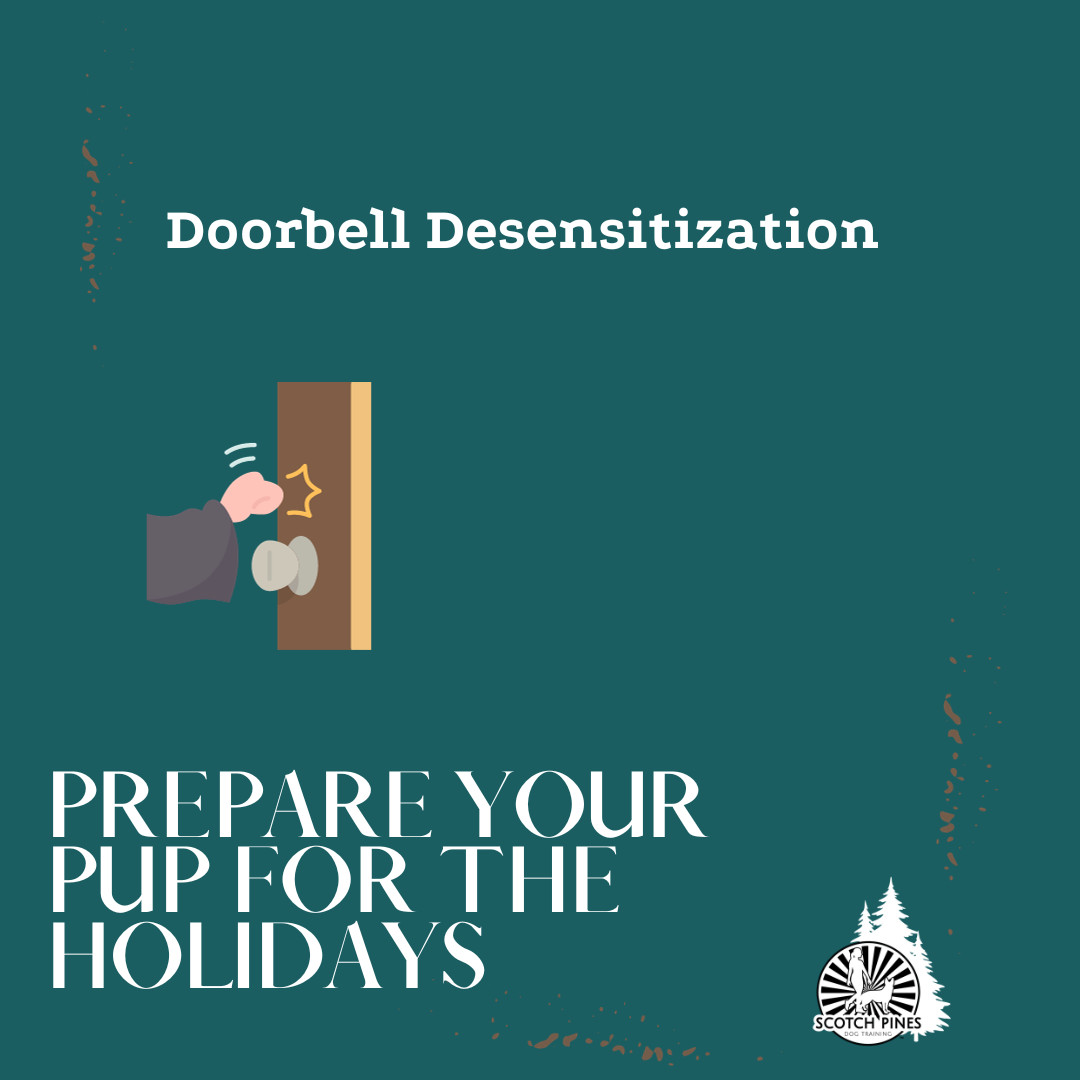
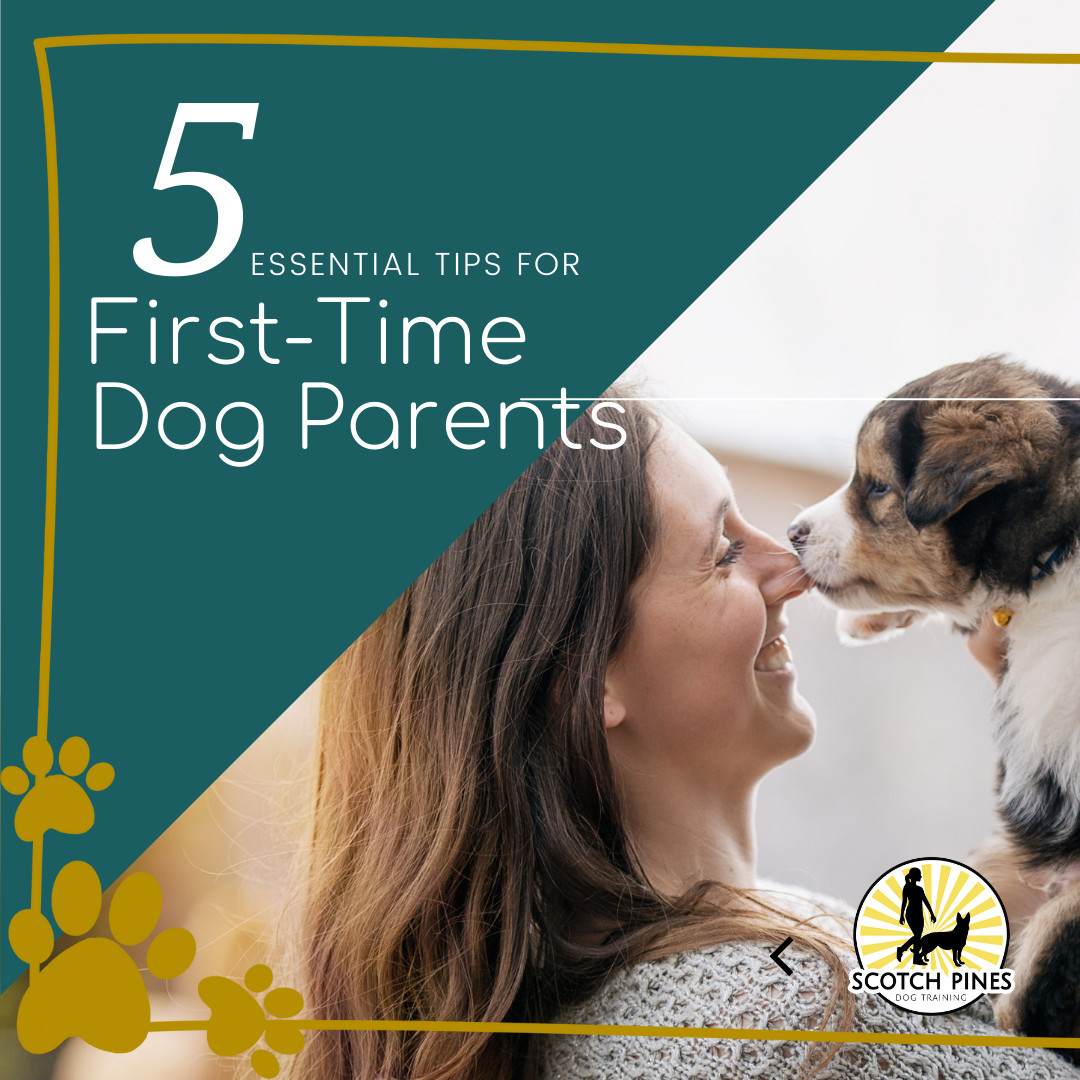


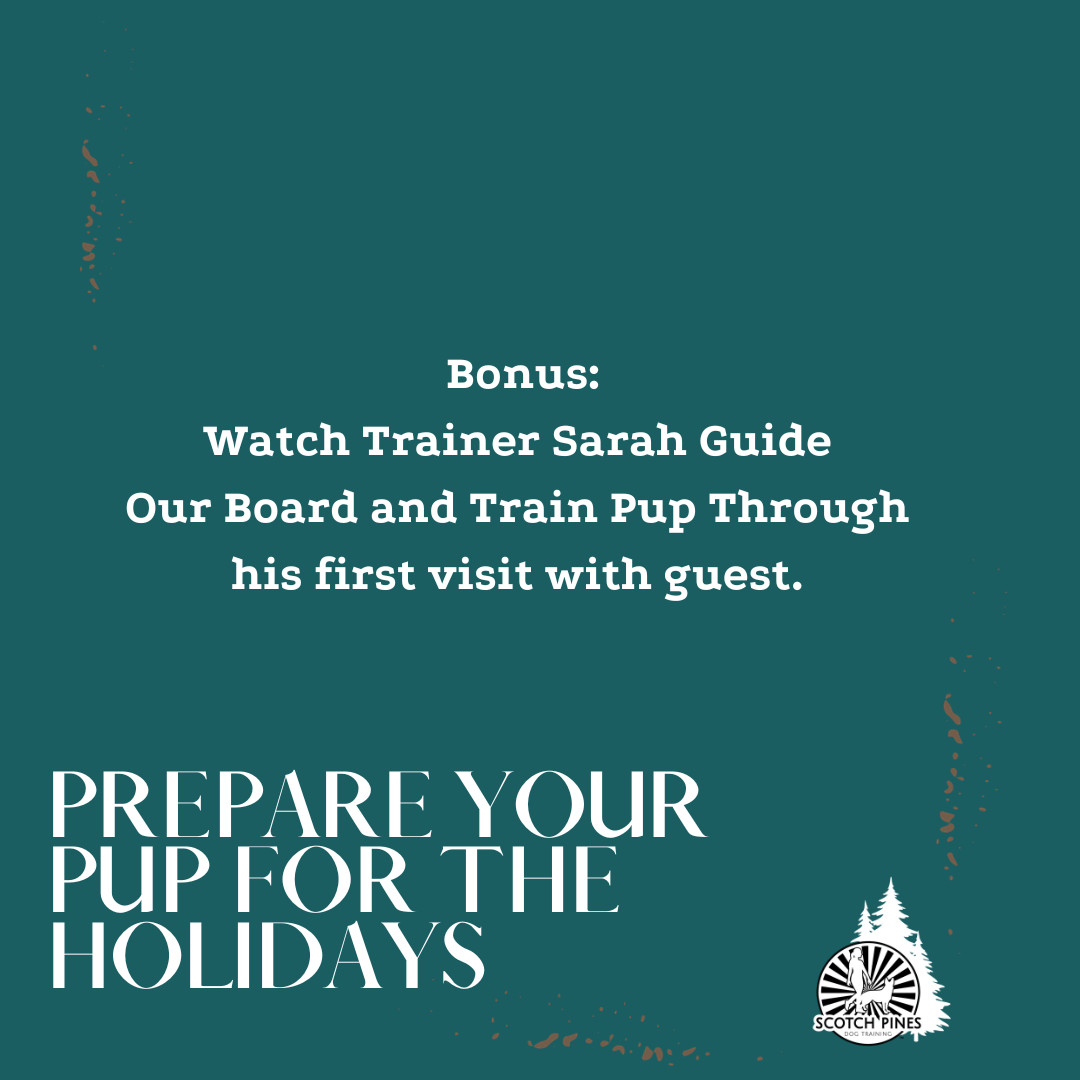


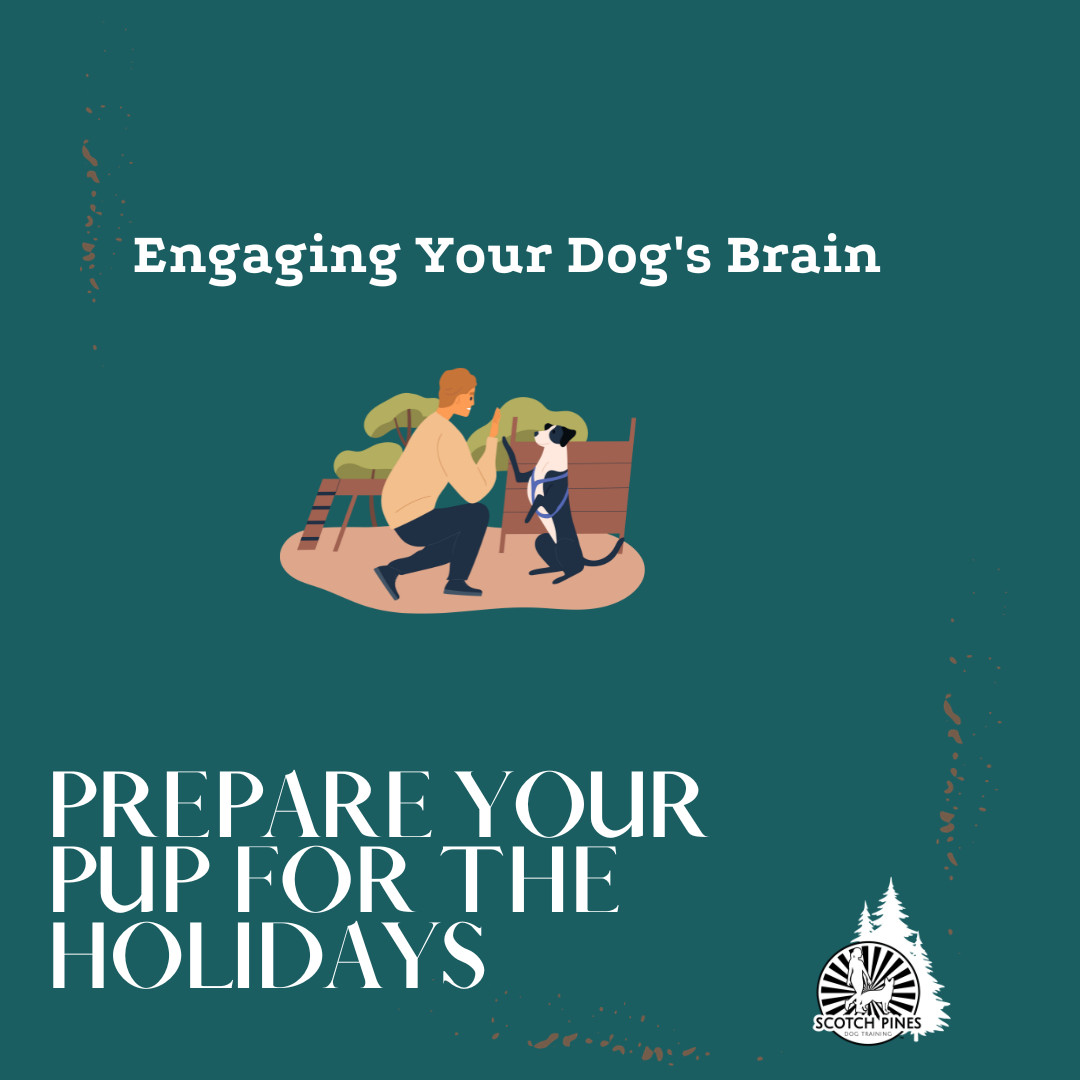
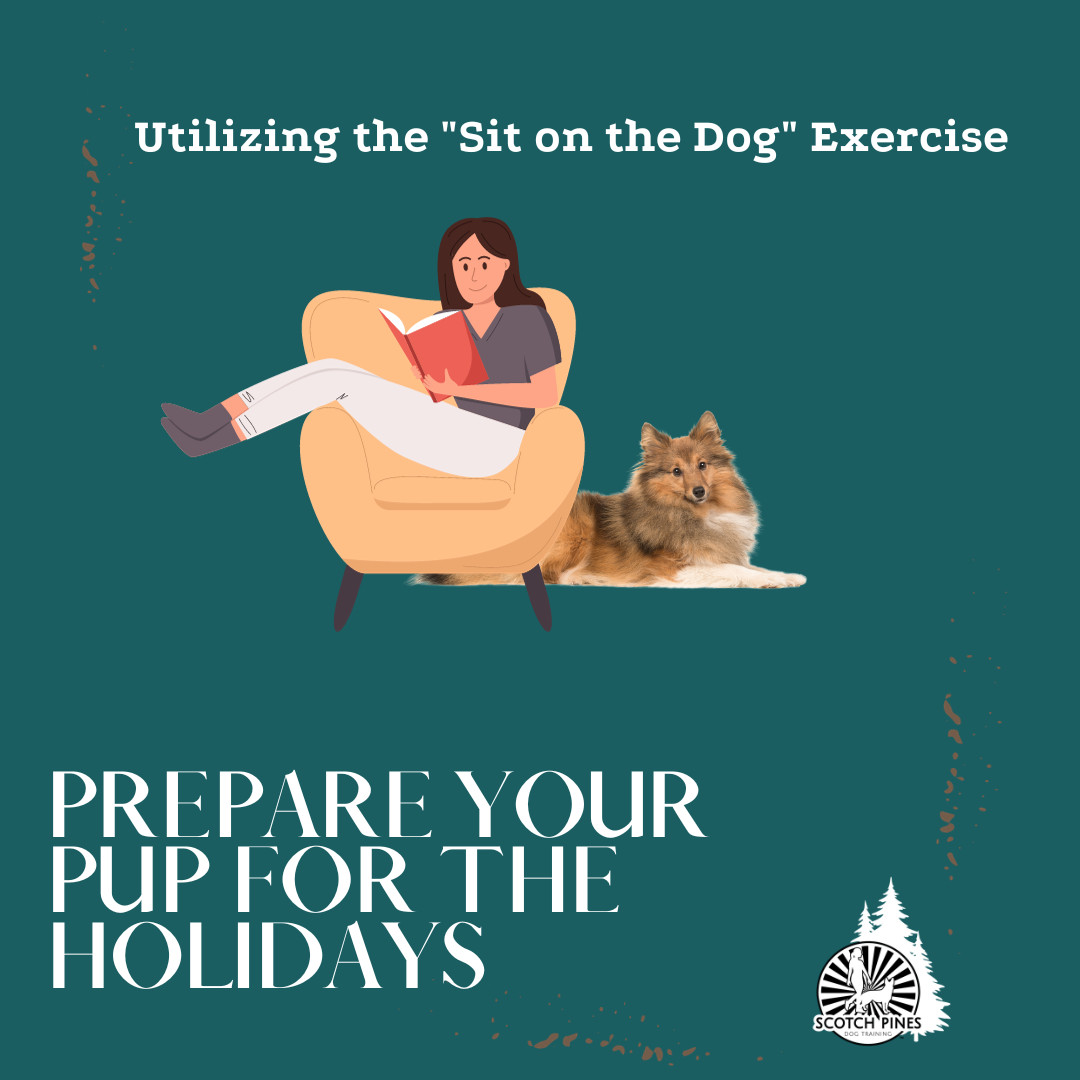

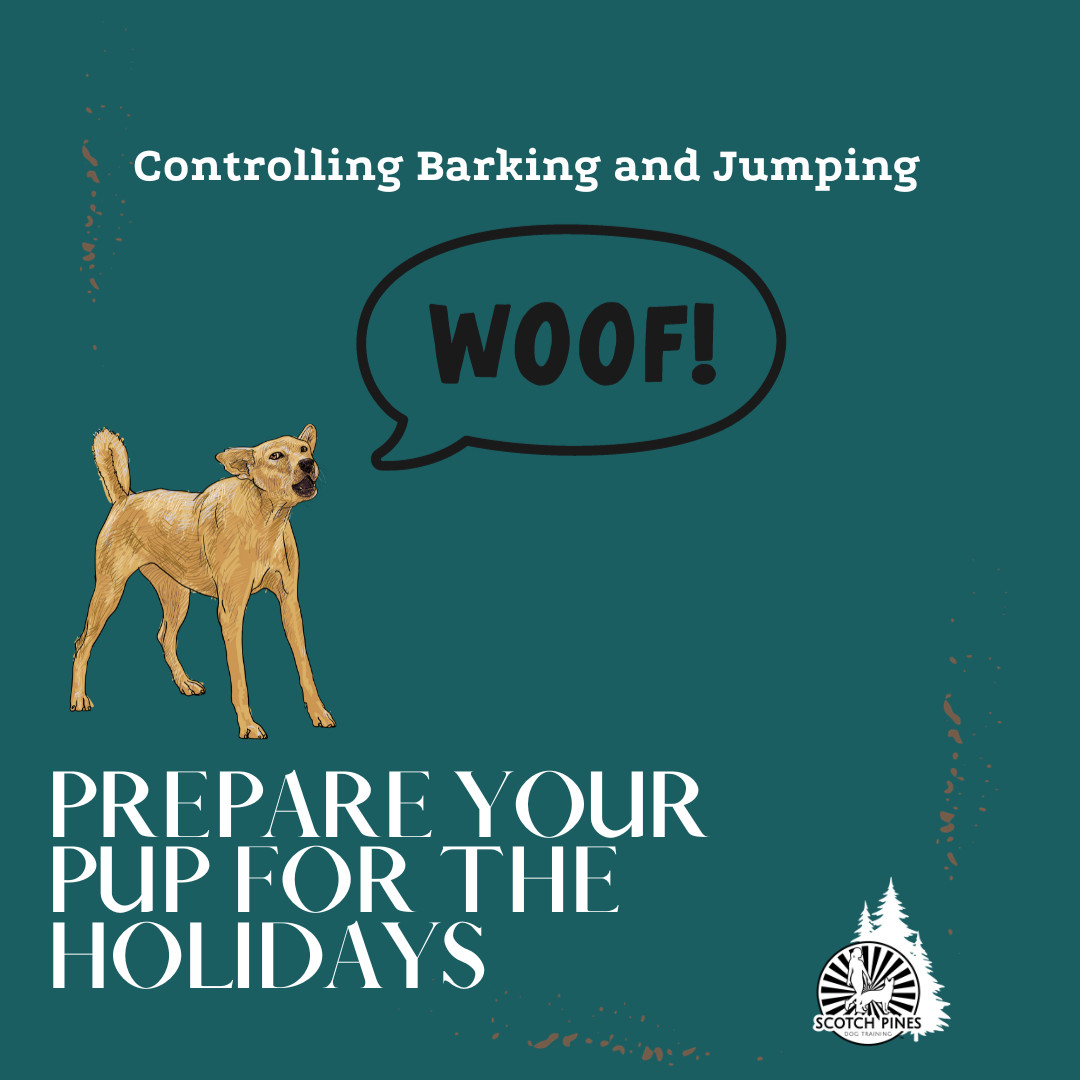
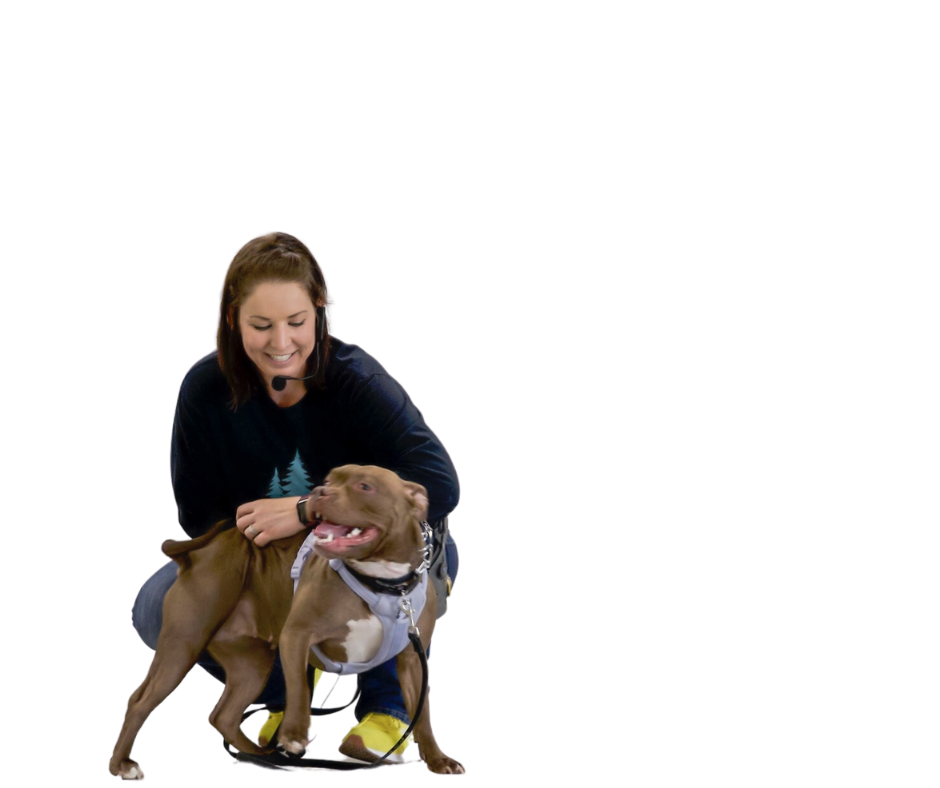
0 Comments